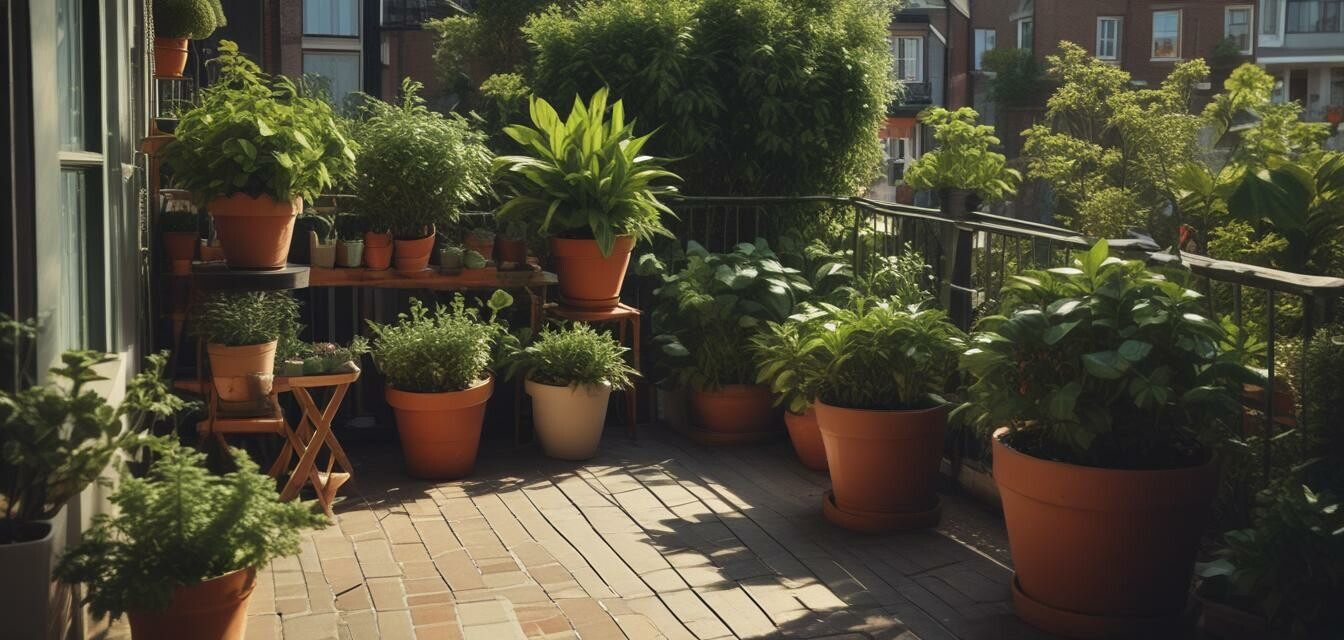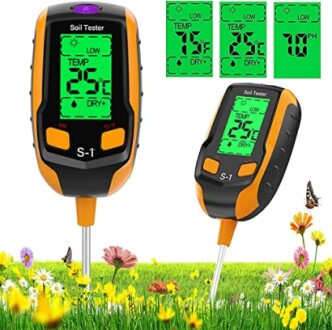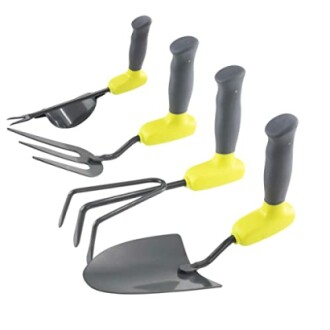
Troubleshooting Common Container Gardening Issues
Key Takeaways
- Container gardening can present unique challenges.
- Watering, soil quality, pest control, and sun exposure are crucial for plant health.
- Regular maintenance, including monitoring for pests and adjusting care based on plant needs, improves overall success.
Container gardening on balconies is an excellent way to cultivate plants in limited spaces. While it offers several advantages, such as flexibility and aesthetic appeal, it also comes with its own set of challenges. In this article, we will troubleshoot some common container gardening issues and provide practical solutions to ensure optimal plant health.
Common Issues in Container Gardening
Understanding the common problems faced in container gardening is vital for overcoming them. Below are several typical issues that urban gardeners may encounter:
| Issue | Symptoms | Solution |
|---|---|---|
| Insufficient drainage | Waterlogged soil, wilting plants | Ensure pots have drainage holes; add materials like gravel or stones at the bottom. |
| Pest infestations | Visible insects, yellowing leaves | Use natural pest control methods like neem oil or introduce beneficial insects. |
| Over or under-watering | Leaf drop, mold growth | Monitor soil moisture; use a moisture meter for accuracy. |
| Not enough sunlight | Stunted growth, leggy plants | Relocate pots to sunnier spots or choose shade-tolerant plants. |
| Poor soil quality | Slow growth, non-flowering plants | Use high-quality potting soil; consider adding compost for nutrients. |
Understanding Watering Needs
Watering is essential but can be tricky in container gardening, especially on balconies where conditions can vary. Here’s how to ensure your plants receive the right amount of moisture:
- Check the soil moisture regularly. The top inch should feel dry before watering again.
- Use self-watering pots or add watering globes for consistent moisture levels.
- Consider the plant types. Some require more water than others, so tailor your watering schedule accordingly.
Bcamelys Soil pH Meter
This 4-in-1 soil tester helps you measure moisture, pH, temperature, and sunlight intensity, enabling better plant care on your balcony.
Learn MorePest Control Strategies
Rooftop and balcony spaces can attract pests, but you can minimize their impact with the right strategies:
- Regularly inspect plants for any signs of infestation.
- Encourage beneficial insects, such as ladybugs, which can help manage unwanted pests.
- Apply organic insecticides when necessary; neem oil is a popular option.
Maximizing Sun Exposure
Sunlight is a key factor for plant growth. Here’s how to maximize sun exposure in your balcony garden:
- Monitor sun patterns throughout the day to find the best spots for your containers.
- Use reflective surfaces, such as light-colored walls, to increase light exposure.
- Rotate containers regularly to ensure even growth.
Improving Soil Quality
Quality soil is crucial for healthy plants. To ensure your plants thrive, consider these tips:
- Choose potting mixes that are designed for container gardening.
- Incorporate organic materials, such as compost, to enrich the soil.
- Replenish nutrients every few months, as container soil can deplete quickly.
KLEVA Comfort Garden Tools Set
This durable 4-piece gardening kit is designed for easy use, perfect for seniors or anyone looking to reduce strain while gardening.
Learn MoreFinal Thoughts
Container gardening offers a wonderful opportunity to grow plants in limited spaces, including balconies. By addressing common issues like drainage, pests, watering, sun exposure, and soil quality, you can enjoy a thriving container garden. Regular monitoring and adjustments are key to successful gardening. For more tips and information, explore our resources on plant selection and gardening tools.
Tips for New Container Gardeners
- Start with easy-to-grow plants, such as herbs or small vegetables.
- Choose pots with good drainage to prevent water issues.
- Keep a gardening journal to track plant growth and conditions.

